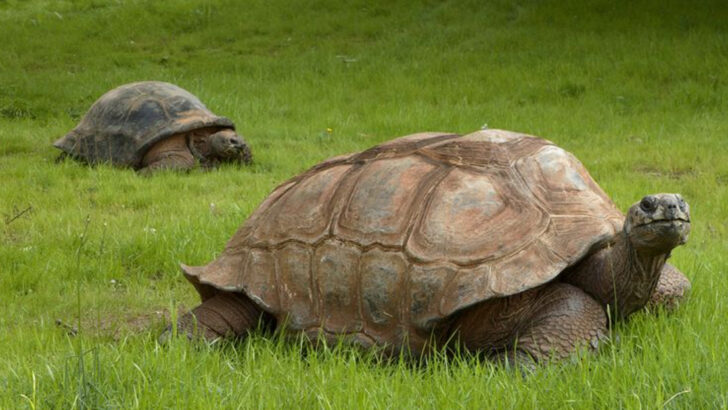Some animals don’t just live long—they outlive empires. While most creatures have lifespans we can grasp, a rare few blow right past centuries like it’s nothing. We’re talking about deep-sea clams older than Shakespeare, tortoises born before the lightbulb, and sharks that were already swimming when the American Revolution began. They don’t just survive—they linger, quietly cruising through time with a calm, unbothered presence. No rush. No drama. Just centuries of slow, steady life. So what happens when you live for 200, 300, even 500 years? Some are still with us, munching leaves or gliding beneath polar ice. Others were only discovered after they passed—but their stories are legendary.
Ocean Quahog (“Ming”)
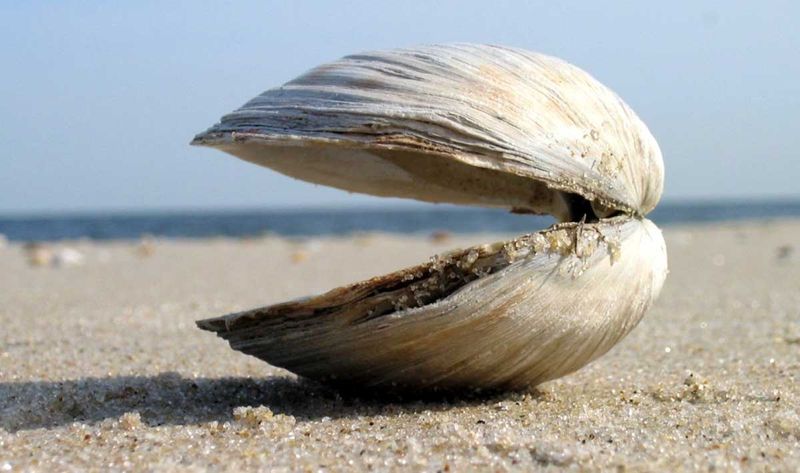
In 2006, the world was introduced to an unassuming yet extraordinary clam named Ming. Discovered off the coast of Iceland, Ming was aged at a staggering 507 years, making it the oldest non-clonal animal ever recorded. To determine its age, scientists used growth rings on its shell, akin to tree rings. Sadly, this process meant that Ming was lost to science, but its legacy remains. A testament to the mysteries of the ocean, Ming’s life provides insight into the resilience of marine life and the secrets that lie beneath the waves.
Greenland Shark
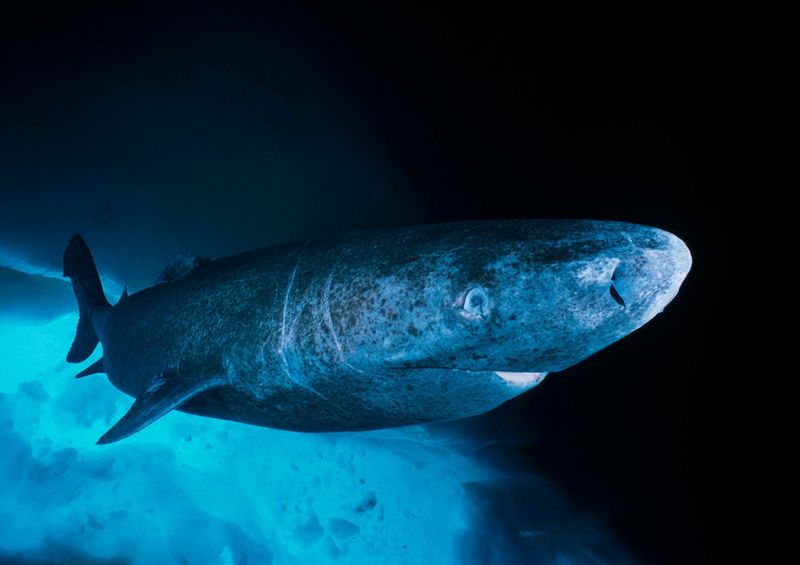
In the cold depths of the Arctic, the Greenland Shark silently roams, embodying the essence of longevity. With lifespans reaching an estimated 400 years, these sharks are among the longest-lived vertebrates on Earth. Growing at a snail’s pace, they don’t reach maturity until about 150 years old. This slow growth and late maturity are key to their ancient survival strategies. As apex predators, Greenland Sharks play a crucial role in their ecosystem, offering a glimpse into the evolutionary marvels of deep-sea life.
Bowhead Whale
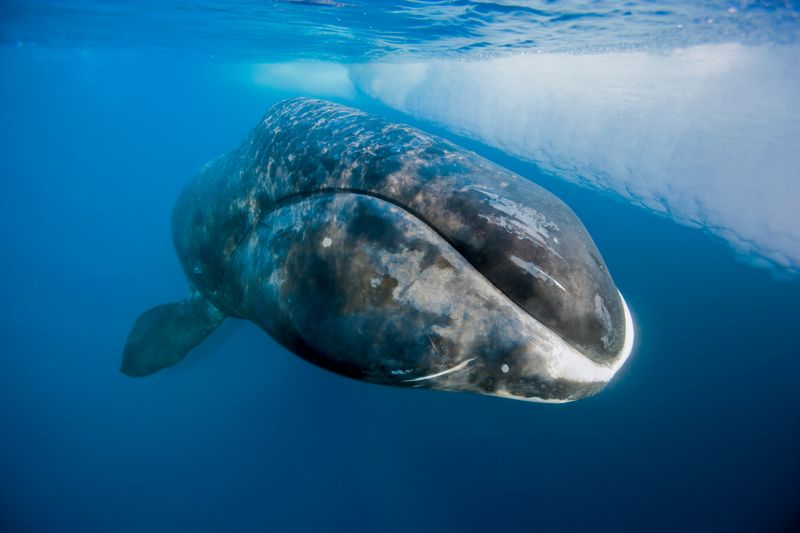
The Bowhead Whale, a giant of the Arctic seas, is known for its incredible lifespan, living over 200 years. Famous for its massive skull, capable of breaking through thick ice, this whale has a rich history. One individual was discovered with a 19th-century whaling harpoon embedded in its blubber, speaking volumes about its age and the stories it could tell. Genetic studies suggest these whales could live up to 268 years, a testament to their robust nature and the harsh environments they endure.
Seychelles Giant Tortoise (“Jonathan”)

Jonathan, the Seychelles Giant Tortoise, is a living reminder of a bygone era. Born around 1832, he currently holds the title of the oldest known living land animal at approximately 192 years. Residing on the island of St. Helena, Jonathan’s life is a symbol of endurance and the slow, deliberate pace of tortoise existence. Despite his advanced age, he still enjoys the simple pleasures of life, like sunbathing and munching on grass. His story inspires reflection on the passage of time and the legacy one leaves behind.
Glass Sponge
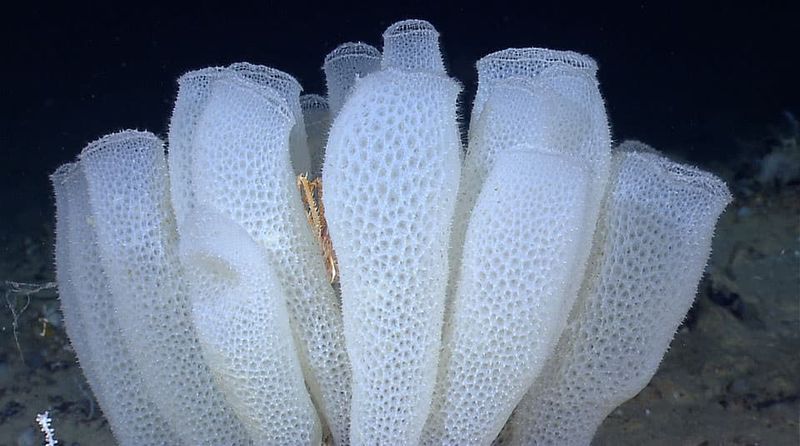
Deep in the ocean, the Glass Sponge stands as a testament to longevity, with some species living over 10,000 years. These ancient organisms form reefs that provide habitats for countless marine species. Their silica-based skeletons create intricate lattice structures, showcasing nature’s architectural genius. Despite their fragile appearance, Glass Sponges are resilient, surviving in the cold, nutrient-rich waters of the deep sea. They offer vital insights into the history of ocean ecosystems and the ancient life forms that have thrived there for millennia.
Black Coral
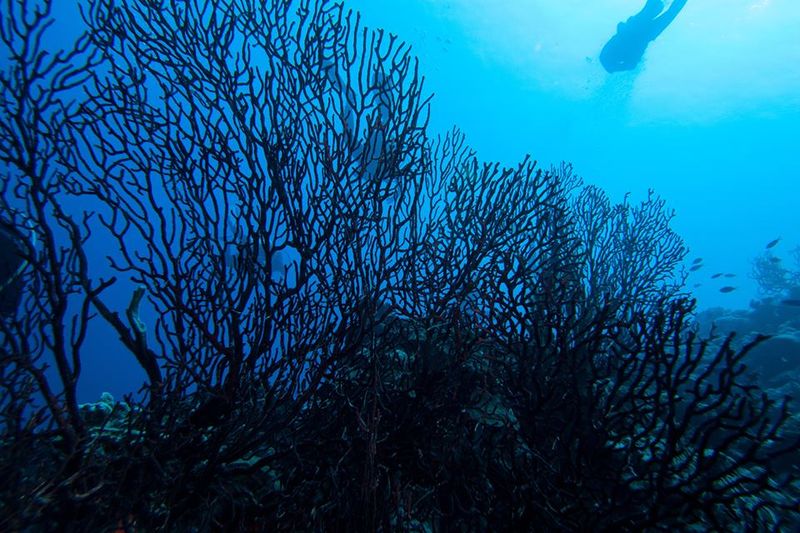
In the shadowy depths of the ocean, Black Coral thrives, with some colonies living up to 5,000 years. Unlike their name suggests, these corals are often vibrant with life, supporting diverse marine ecosystems. Their dense, tree-like structures provide shelter and hunting grounds for various marine species. As slow-growing organisms, Black Corals are critical in studying oceanic changes over millennia. Their resilience and enduring beauty highlight the delicate balance of marine life and the wonders of the undersea world.
Rougheye Rockfish
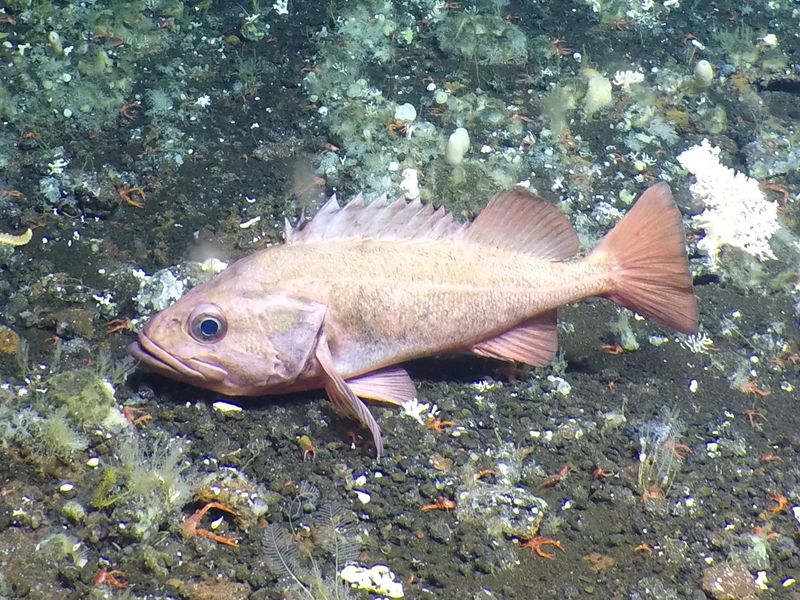
The Rougheye Rockfish, native to the Pacific Northwest, is notable for its impressive lifespan, living over 200 years. Its distinctive pink hue and spiny fins make it a fascinating subject for marine biologists. These fish dwell in rocky underwater habitats, where they play a vital role in maintaining ecological balance. Their long life allows scientists to study environmental changes over centuries. The Rougheye Rockfish’s enduring presence in its habitat is a testament to the adaptability and persistence of marine life.
Red Sea Urchin
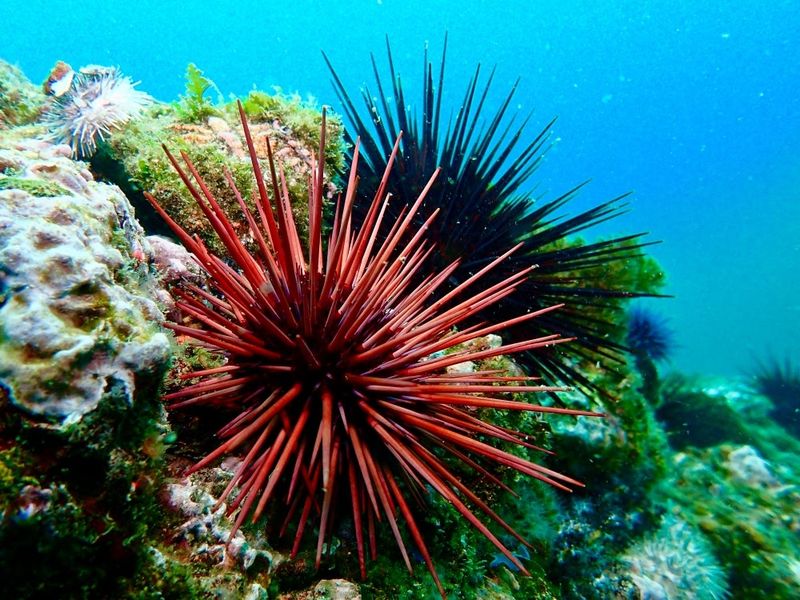
In the shallow waters of the Pacific, the Red Sea Urchin can live up to 200 years. This spiny creature surprises with its vibrant red color and steadfast tenacity. Living in rocky coastal areas, they contribute to the marine ecosystem by grazing on algae, thus maintaining ecological balance. Their formidable spines deter predators, enabling their long survival. Scientists study Red Sea Urchins to understand aging and longevity, revealing secrets of the ocean’s ancient inhabitants and their roles in marine biodiversity.
Aldabra Giant Tortoise
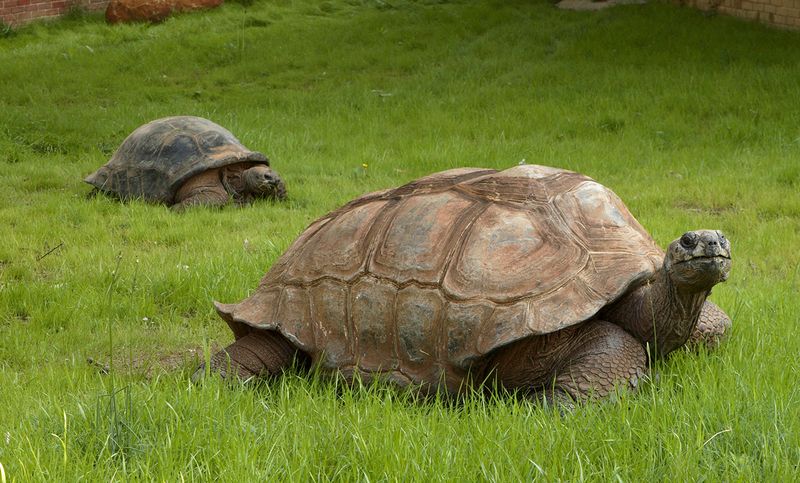
On the isolated Aldabra Atoll, the Aldabra Giant Tortoise roams freely, some living over 250 years. With their imposing size and serene demeanor, these tortoises have become symbols of longevity and wisdom. As herbivores, they shape their environment by dispersing seeds and maintaining vegetation balance. The tortoises’ long life span offers insights into genetic durability and adaptation. Their continued survival in isolated ecosystems makes them invaluable for ecological studies, highlighting the importance of conservation efforts.

